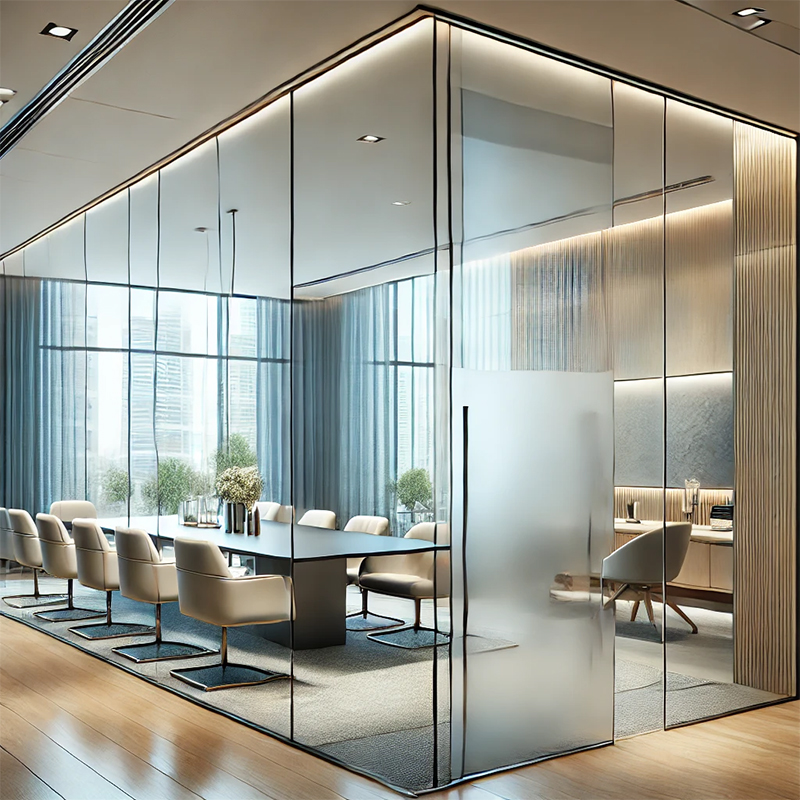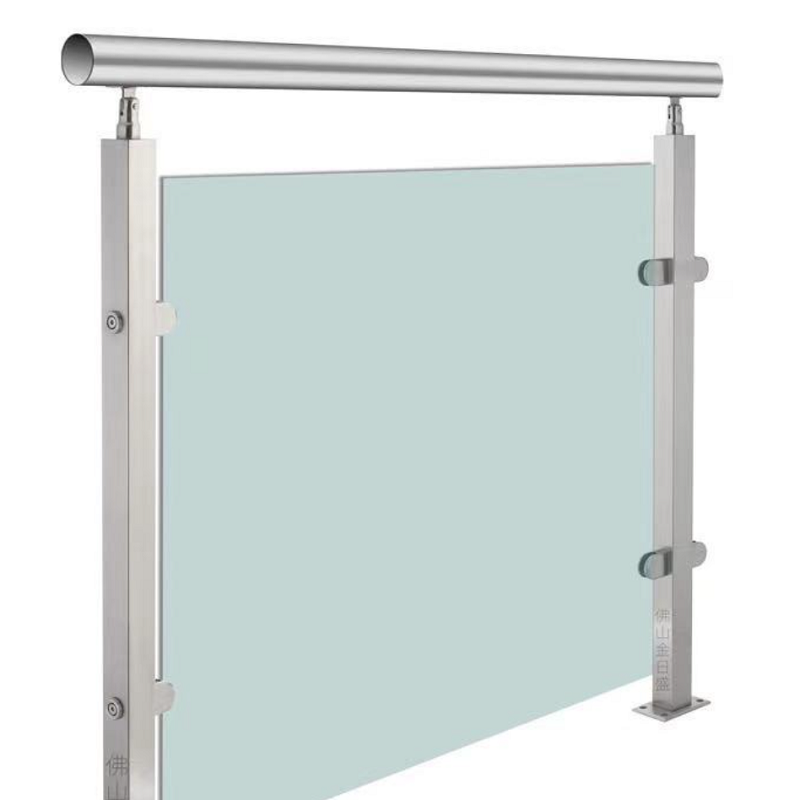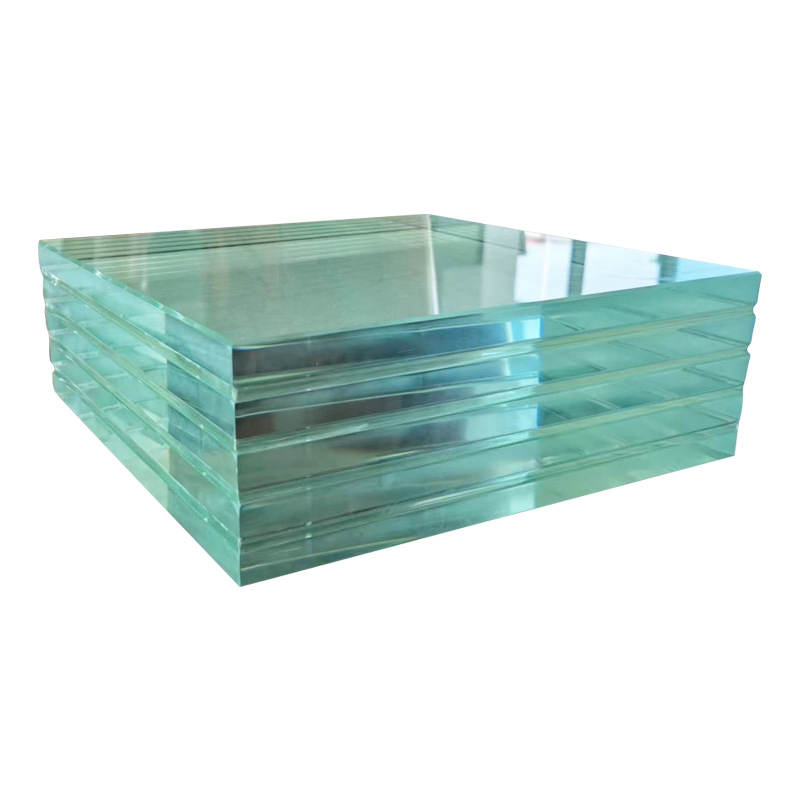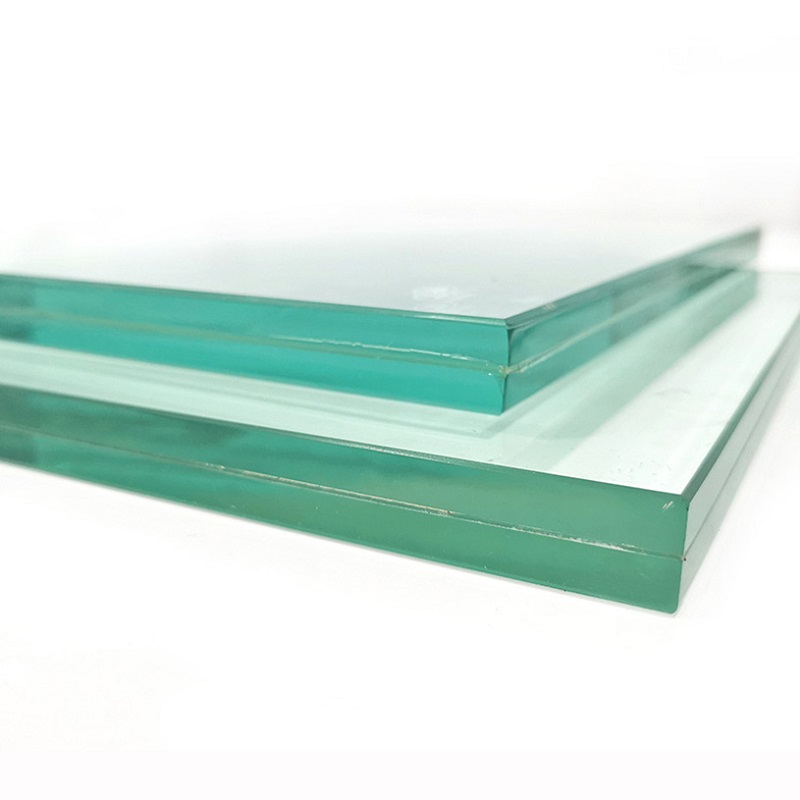Smart switchable glass, also known as smart glass, is a cutting-edge material that can transition between transparent and opaque states with the flip of a switch. Widely used in architecture, home design, healthcare, and transportation, it offers an ideal solution for privacy control and light adjustment.
1. Basic Structure of Smart Switchable Glass
The core of smart switchable glass lies in its layered structure, typically consisting of three or more components:
Outer Glass Layers:
Made of durable float glass or tempered glass for strength and safety.
Middle Layer - The Magic Film:
A layer of smart material, such as Polymer Dispersed Liquid Crystal (PDLC) film or electrochromic material, responsible for the glass’s transformative properties.
Adhesive Interlayers:
EVA (ethylene-vinyl acetate) or PVB (polyvinyl butyral) securely bonds the glass and film while providing soundproofing and moisture resistance.

2. How Does It Work? (With PDLC Technology)
PDLC film is the most commonly used technology in smart glass, relying on the unique properties of liquid crystal molecules. Here's how it works:
Liquid Crystal Molecules in Action
Liquid crystal is a state of matter between liquid and solid, where molecules can align in a controlled way.
When liquid crystal molecules are randomly oriented, they scatter light, making the glass appear frosted or opaque.
When aligned under an electric field, the molecules allow light to pass through, turning the glass transparent.
Switching Mechanism
Power Off: Molecules are disorganized, scattering light and creating an opaque effect.
Power On: The electric current aligns the molecules, letting light pass directly through and making the glass clear.

3. Alternative Technology: Electrochromic Glass
Another type of smart glass uses electrochromic technology, which works differently:
Redox Reaction:
The electrochromic material changes its optical properties through oxidation and reduction reactions under applied voltage.
Features:
Slower transition times compared to PDLC but offers low power consumption and a "memory effect," retaining its state without continuous power.
Smart switchable glass is more than just a privacy tool—it’s a versatile material blending science and innovation to transform how we use spaces. Whether you're interested in its manufacturing process or practical applications, smart glass represents the forefront of sustainable and dynamic design solutions.





